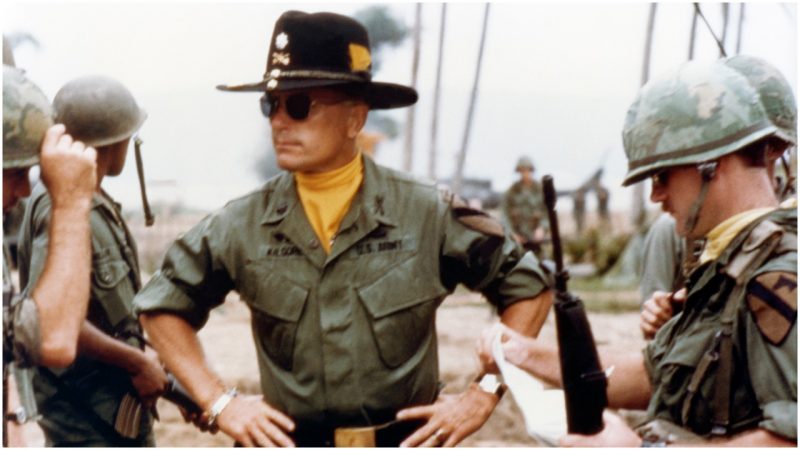Made in 1979 by Francis Ford Coppola, Apocalypse Now is one of the classic war films of the 20th century. It is based on Joseph Conrad’s novella Heart of Darkness but is relocated in both time and place to the Vietnam War.
It tells the story of Captain Willard, played by Martin Sheen, who is sent on a dangerous secret mission to find Colonel Kurtz, played by Marlon Brando.
Reports have been received that Kurtz has gone crazy in the Cambodian jungle and is now regarded as a god by the local people.
To carry out his mission, Willard has to travel into the depths of the jungle. In a naval patrol boat, he and his crew make their way along the Nung River.
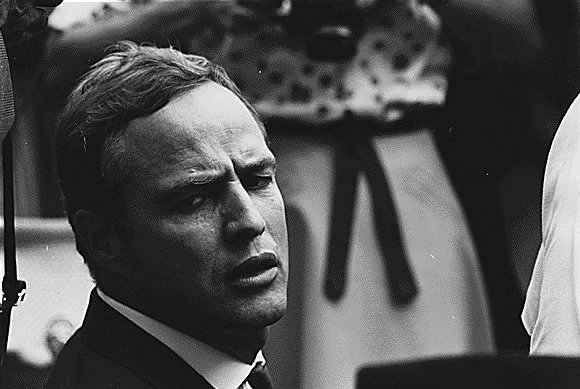
However, only Willard is aware of the true nature of their mission: to get rid of Kurtz before he causes serious harm.
Despite winning the Palm d’Or at Cannes and being nominated for an Academy Award, the film is peppered with small mistakes which have been spotted by observant filmgoers.
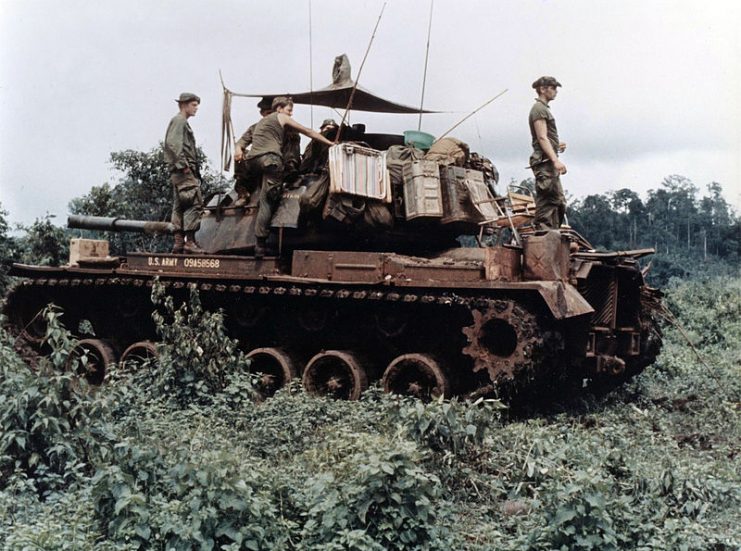
Factual Mistakes
Making a film with a historical setting, even if not a true story, is a challenge. Factual errors can slip in for many reasons. Some may be due to lack of research. Others may be the result of the director exercising a bit of artistic license.
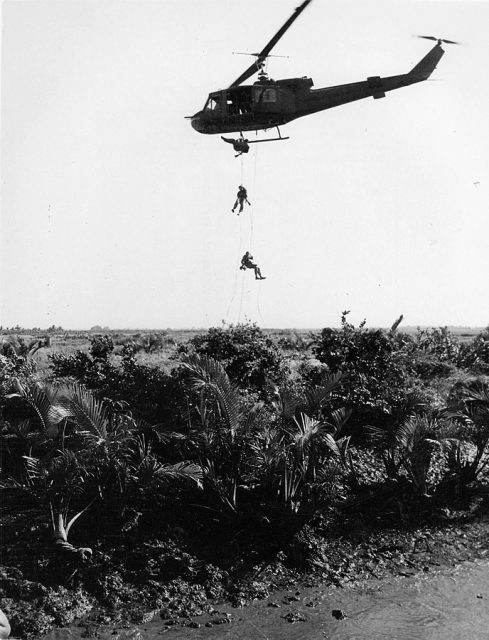
- The Huey helicopter used in the film would not have been able to lift the patrol boat, as it appears to do in the movie. The boat would weigh something between 15,000-19,000 pounds. But as the Huey only weighs around 10,500 pounds, it would not have been up to the task.
- There are scenes where M16 rifles are being used to fire off 30 rounds. However, at the time the film was set, the standard magazine issued to soldiers held only 20 rounds. Although 30-round magazines were available, they were used only rarely.
- The color of the tracer bullets could often tell you which side had fired them. The Viet Cong used green while the Americans used red. Unfortunately, throughout the film, these colors are mixed up and repeatedly shown the other way round. For example, in one scene the patrol boat is attacked with a spray of red bullets which should have been green.
- At one point, Willard is seen eating a Hershey bar. On the wrapper of the bar, there is a UPC barcode. However, Hershey bars only started using UPC codes in 1976.
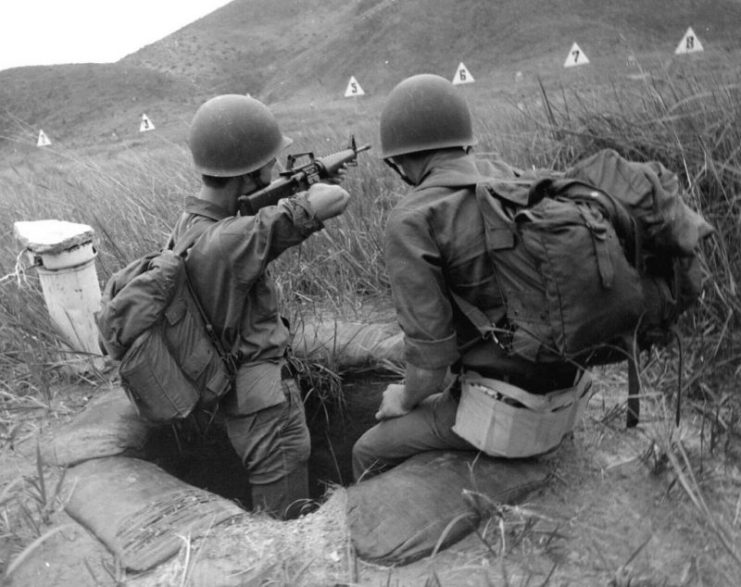
Continuity mistakes
Continuity is tricky, but it is also vital to making the set and action feel real. The illusion is spoiled when we spot something that just doesn’t fit.
Sometimes, things can slip by the editors. Other times, however, they are left in because it would take too much backtracking to change them.
Most often this happens when changes are made later in filming, and it’s simply not worth scrapping all the earlier footage to sort a few small mistakes.
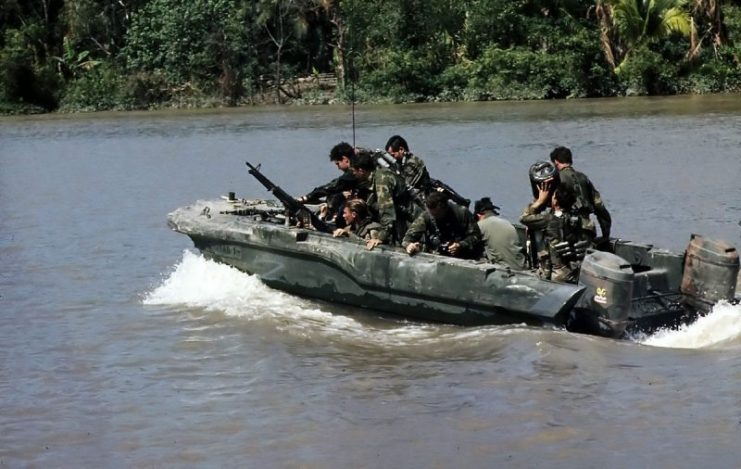
Here are some examples of continuity mistakes either missed or ignored:
- At one point in the film, the boat’s canopy is destroyed and a makeshift canopy of giant leaves is used to replace it. However, as the journey progresses, the canopy of leaves disappears, to be replaced by the original canopy which somehow reverts to the giant leaves again a few shots later.
- While Willard is being held in the bamboo cage, cuts appear on his nose. However, they seem to disappear soon afterward without enough time having passed to account for their miraculous healing.
- There is also an example of failed audio syncing which gives away some information about earlier ideas. Originally, Colonel Kurtz was to be called Lieghley. Early on, in the scene where Willard is being briefed on the case, you can see that when the Kurtz’s character is mentioned the speaker’s mouth actually forms the name Lieghley.
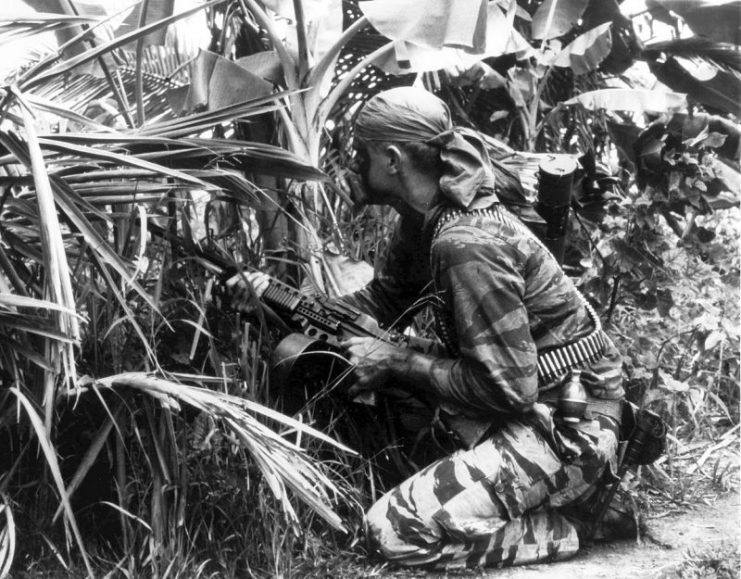
Technical errors
Most technical errors take place behind the scenes and well out of sight of the viewer, so we rarely see evidence of them.
The kind of mistakes the viewer is most likely to notice are when filmmaking equipment or crew become visible.
These often appear in shadows and reflections. Sometimes it is due to carelessness, but usually it is the result of the complex logistics involved in working in very challenging locations.
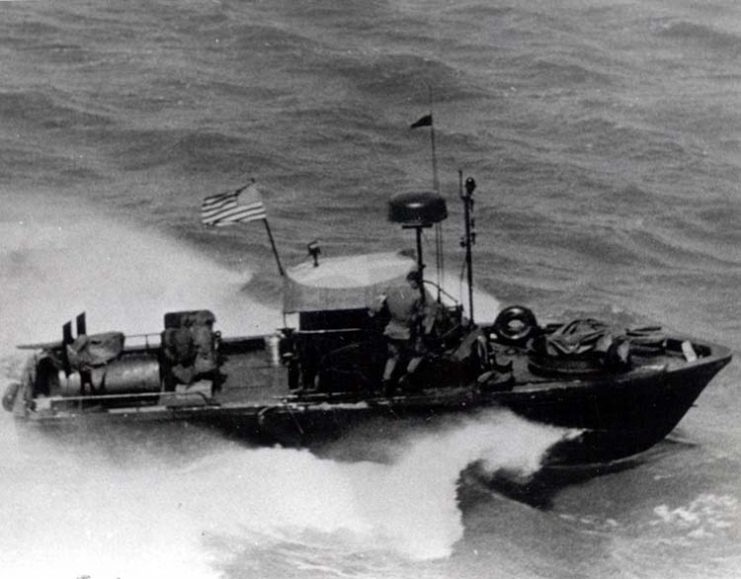
- In the scene on the river where the patrol boat moves out from Do Long Bridge, the wake of another boat is visible. This comes from the boat being used by the camera crew.
- Shadows of the film crew can easily slip into outdoor scenes, especially those filmed in bright sunlight. If you watch the scene where Willard and his crew are walking on the beach in light of the setting sun with Kilgore and the Cavalry, you will see the shadows of the camera crew and their equipment.
- In the famous helicopter scene when they play music to scare the enemies, the tape recording of Wagner’s epic Ride of a ride of the Valkyries is heard. This is surprising as it appears that tape isn’t actually moving inside the player. Also, it is a pretty ineffectual way to scare the enemy as it is unlikely to be heard over the noise of the helicopter.
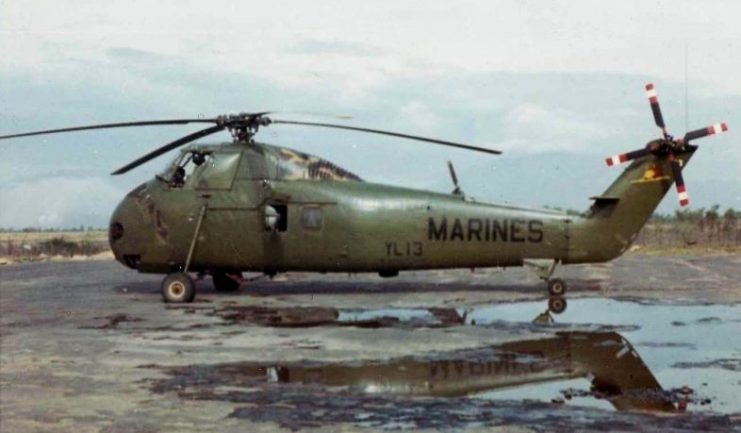
There are plenty of occasions where Apocalypse now appears to have messed up. But when you consider the length and complexity of a film like this, it is hardly surprising that the technical team and editors would slip up from time to time.
In their defense, the technology available at the time was a lot less sophisticated than it is now. Without green screens and CGI, all filming had to be done on location or on a purpose-built set. So the challenges were more difficult than the ones facing directors today.
Despite a few blunders, Apocalypse Now remains a classic in terms of its acting, characterization, and powerful storytelling.
